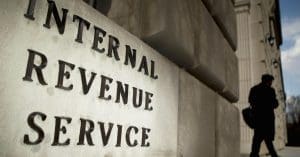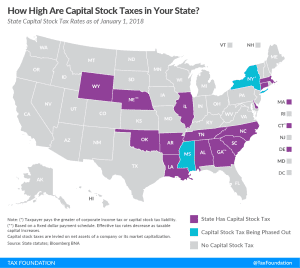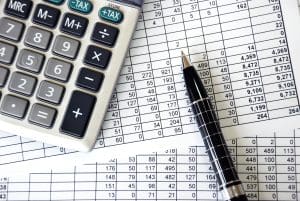The economic crisis caused by the coronavirus pandemic poses a triple challenge for tax policy in the United States. Lawmakers are tasked with crafting a policy response that will accelerate the economic recovery, reduce the mounting deficit, and protect the most vulnerable.
To assist lawmakers in navigating the challenge, and to help the American public understand the tax changes being proposed, the Tax Foundation’s Center for Federal Tax Policy modeled how 70 potential changes to the tax code would affect the U.S. economy, distribution of the tax burden, and federal revenue.
In tax policy there is an ever-present trade-off among how much revenue a tax will raise, who bears the burden of a tax, and what impact a tax will have on economic growth. Armed with the information in our new book, Options for Reforming America’s Tax Code 2.0, policymakers can debate the relative merits and trade-offs of each option to improve the tax code in a post-pandemic world.

What to Expect from IRS Guidance on SALT Deduction Cap Workarounds
While a few are hoping for a different outcome, most observers expect the IRS to disallow these new, intentional SALT workarounds that have been adopted by New York and a handful of other states.
7 min readResponding to the NYT’s Stock Buybacks Analysis
The increase in stock buybacks isn’t surprising nor a sign that the Tax Cuts and Jobs Act won’t increase domestic investment.
2 min read
Lowering the Corporate Income Tax Rate Benefits Old and New Capital
Cutting the corporate tax rate improves the United States’ international tax competitiveness, incentives new investment and benefits both old & new capital.
3 min read

What the Main Criticisms of Stock Buybacks Get Wrong
Stock buybacks are a clearly visible phenomenon, but most critics point out the initial action, the buyback, and ignore the greater context.
3 min read



